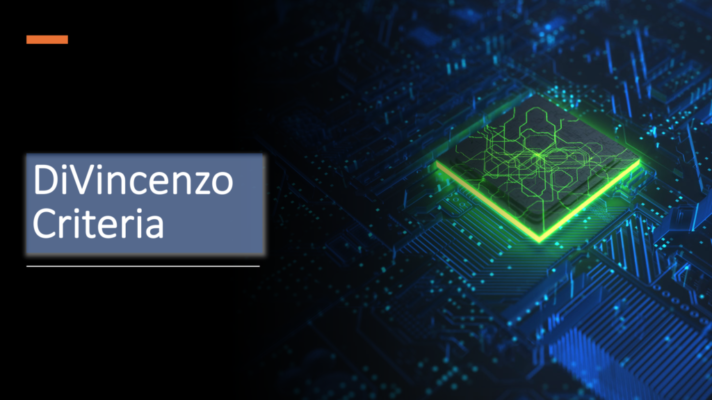DiVincenzo criteria
In 2000, David DiVincenzo stated seven basic criteria that, if met for a physical system, can be said to have acquired the characteristics of a universal quantum computer. DiVincenzo’s criteria must be met on behalf of quantum devices, criteria one through five are considered for quantum computers, and the other two apply to quantum communication.
- A physical system must have well-defined and scalable qubits: many systems in nature are not qubits. Therefore, work must be done in defining and making qubits so that they have the function of real qubits. Then we need to put many more of these qubits together (scalability).
- The qubits must be capable of being initialized to a simple initial state: we must be able to prepare the initial state reproducibly within an acceptable error range. To start the operation, the qubits need to be set to a certain initial value.
- Qubits have a high coherence time: qubits will lose their quantum properties after interacting with their environment for some time. We need them to be coherently stable enough to allow enough time for quantum operations.
- Universal quantum gates can be created: we should be able to perform any desired operation on the gates. For this, we need both single-qubit and two-qubit buses.
- Be able to measure the properties of qubits: To read the result of a quantum algorithm and calculations, the final state of a set of pre-selected qubits must be accurately measured.
- It is possible to convert stationary and flying qubits into each other: in order to transfer qubits between two quantum dots, it is necessary to convert stationary qubits into flying ones so that transfer is possible.
- Be able to faithfully transfer flying qubits between two designated locations.
Iran’s Quantum Technologies Research Center, following its research, has been able to evaluate the status of various approaches that have been proposed for the development of a quantum computer in this way.

In this table, the meaning of each symbol is as follows:
Green circle: A potentially viable approach has achieved sufficient proof of principle
Yellow circle: A potentially viable approach has been proposed, but there is insufficient proof of principle
Red circle: There is no sustainable approach
Reference:
- DiVincenzo, David P. (2000-04-13). “The Physical Implementation of Quantum Computation”. Fortschritte der Physik. 48 (9–11): 771–783.
- Updated from ARDA/LANL Report 2004: http://qist.lanl.gov/pdfs/qc_roadmap.pdf



